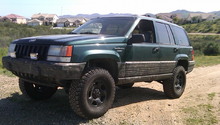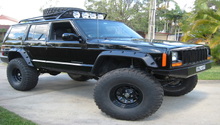Jeep Cherokee and Jeep Grand Cherokee 1984-2004: Off-Roading Modifications
Are you ready to upgrade your Cherokee's off-road capability, but don't know where to start? This article gives you the low down on four of the most popular ways to upgrade your Jeep and make it a more capable off-roader.
This article applies to the Jeep Cherokee and Jeep Grand Cherokee (1984-2004).
So you want to enhance and improve your Jeep Cherokee or Grand Cherokee's off-road capabilities? There are endless number of choices and options available for you, so where do you start? Whether you want to get through the muddiest of muddy trails or you want to scale the biggest rocks, there are a lot of ways to go about accomplishing this. This guide will give you the rundown on four of the most popular off-road upgrades for your jeep. Keep reading and we'll cover everything you need to know about making your Jeep even tougher off-road than it was from the factory.
Off-Roading Modifications
Four of the most popular options for upgrading a Jeep's off-road capability are skid plates and rock sliders, roll cages, sway bar disconnects and track bars, as well as axle lockers. All of these parts protect you and your truck from potential damage that off-roading can cause. They're cheap insurance against catastrophic failures that could potentially cost you big bucks in the long term.
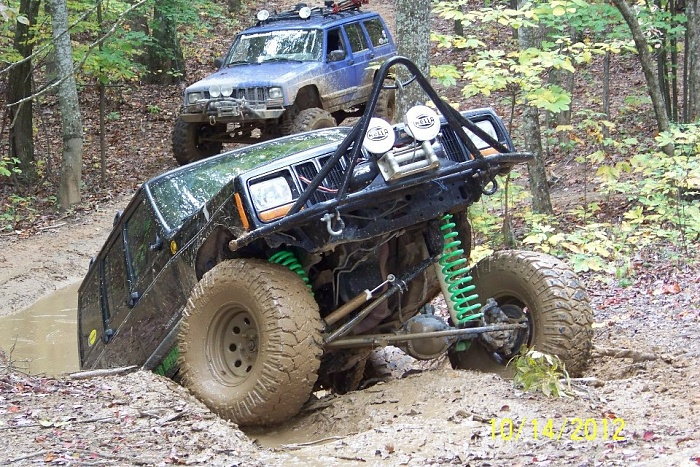
Skid Plates and Rock Sliders
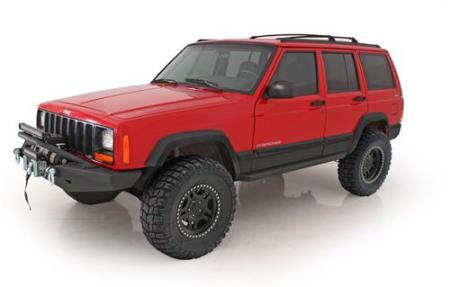
DIY Cost – $300-$500
Professional Cost – $500-$750
Skill Level – Easy; it is simple to install and requires no special tools.
Skid plates and rock sliders protect the underside of your Jeep of potential damage from rocks or other hard objects you might encounter. A skid plate is a heavy steel plate that bolts to your Jeep's underbody and protects components like the steering assembly and fuel tank.
Rock sliders are also made of heavy duty steel and run along the side of the vehicle, in between the front and rear wheels. They protect the door sills and bottoms from damage when you are crawling over large obstacles like rocks. Recommended for drivers who will be doing a lot of off-roading in rocky areas.
Roll Cages

DIY Cost – $400-$1,000
Professional Cost – $700-$1,500
Skill Level – Hard; it requires custom fitting and welding to install.
Roll cages are made from strong, tubular steel and can be installed on the inside or the outside of a vehicle. They protect you in the event of an accident and keep the body of the vehicle from flexing under pressure. External roll cages protect the body of your vehicle, while internal cages only protect you. Roll cages are important safety consideration if you are going to be doing some serious off-roading, as flipping your Jeep over or rolling down a hill could result in a serious injury. However, installation is often left to the professionals due to a high level of difficulty. Recommended for all drivers who will be doing some serious off-roading.
Sway Bar Disconnect and Track Bar

DIY Cost – $120-$200
Professional Cost – $300-$500
Skill Level – Moderate; it doesn't require special tools or skills to install, but it can be difficult.
Sway bar disconnects allow you to disconnect your sway bar, which allows for maximum articulation of the suspension. This enables your suspension to bend and twist at angles that wouldn't otherwise be possible with the sway bar connected. A track bar, on the other hand, is designed to keep the axle of your vehicle centered underneath. When off-roading, this ensures that you don't have more of the axle sticking out of one side than you do the other. Recommended for drivers who will need more control of the suspension.
Axle Locker
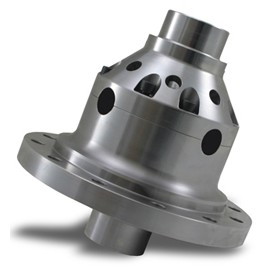
DIY Cost – $200-$1,000
Professional Cost – $300-$1,000+
Skill Level – Moderate; it requires some mechanical skill and patience to install.
Axle lockers lock the rear axles together so that they are no longer an open differential, and both rear wheels will spin together at the same time. With an axle locker on the front differential, the same thing can be accomplished at the front wheels. Axle lockers allow traction to be sent to a wheel that is firmly planted on the ground when the other wheel on that axle might be in the air. An open differential would only send power to the lifted wheel in this situation, with no power going to the planted wheel. Recommended for drivers who will have their wheels in the air during off-roading.
Related Discussions
- Skid Plate Discussions - CherokeeForum.com
- Rock Slider Discussions - CherokeeForum.com
- Sway Bar Disconnect - CherokeeForum.com



